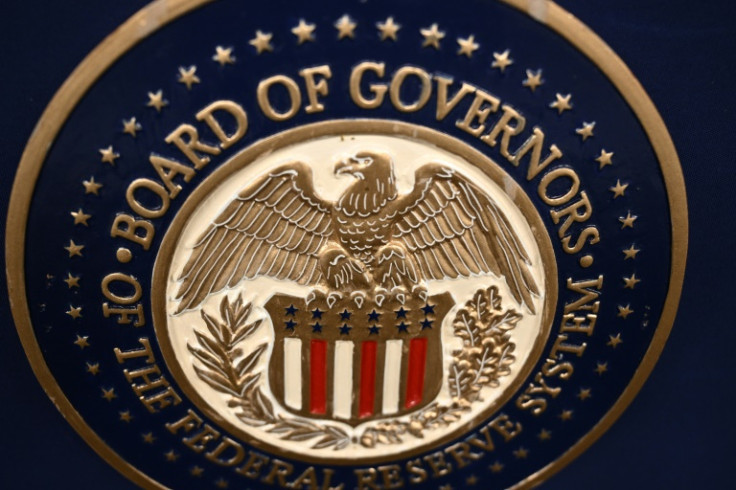200 Central Banks, Foreign Entities Dump $48B in US Treasuries as Confidence in US Assets Falters
The US dollar has dropped 9% compared with the basket of currencies in the DXY index

Over 200 central banks and foreign institutions have reportedly withdrawn considerable US Treasuries from the New York Federal Reserve as custody holdings fell by £12.6 billion ($17 billion) last week and £35.7 billion ($48 billion) since late March, adding to US dollar stability concerns. The trends intensified with US President Donald Trump's tariff play that sparked global trade tensions and triggered a market crash.
Central banks and entities like sovereign wealth funds keep assets like Treasuries in the custody of the New York Fed. The massive withdrawal has pushed up Treasury yields, possibly implying a weakening foreign demand for US debt.
Proceeds from the sale of US debt are placed in the New York Fed's reverse repurchase facility and exchanged for Treasuries as collateral. In recent times, this trend has slowed down or even reversed as foreign participation in the facility declined since March-end, marking a significant drop in US assets held by foreigners at the reserve.
The greenback is deemed the world's reserve currency, backed by the confidence that the US government will meet its financial obligations. Hence, the US is able to borrow at relatively better rates than its underlying finances would allow.
However, foreign investors shifting away from the belief that US Treasuries might no longer be a safe haven could compel the Treasury to pay higher yields to attract bond buyers. This action could notably drive up borrowing costs, like higher interest rates for mortgages, small-business loans, and other borrowing instruments, subsequently impacting multiple sectors of the economy and putting the US government in a difficult spot.
Torsten Sløk, chief economist at Apollo Global Management, told Fortune that foreign buyers make up almost 30% of the US Treasury market. A decrease in their participation could force the Treasury to offer higher yields to attract buyers, affecting rates across the economy.
A sinking dollar is a growing concern across Wall Street. As monetary authorities trim exposure to American bonds and central bank buyers take a step back, economists are worried about more volatility in the fixed-income market as global confidence in US assets falters.
Bank of America Securities's managing director, Meghan Swiber and fellow strategist Katie Craig also expressed concern over the pullback of foreign private investors from the Treasury securities market, highlighting that the current demand trends from these investors are showing 'cracks.'
'The other big thing that we worry about is the fact that foreign private investors may not be adding to Treasury securities [and] may likely be stepping back from the market as well,' Swiber told Fortune. 'So it creates a lot of concern around foreign investors continuing to support the Treasury supply picture.'
Overall, the BofA strategies believe the massive drop in New York Fed holdings is unusual, given the dollar's big decline in 2025 because these types of sales typically happen when the dollar is strong.
While monetary authorities might offload their dollar holdings to invest somewhere cheaper, or nations like Japan and India might sell the greenback to buy back their own currency to avoid further weakening against the dollar, Swiber believes it is not the case this time. The dollar has dropped 9% compared with the basket of currencies in the DXY index.
If these trends continue, Swiber thinks it might not be good for the US bond market.
© Copyright IBTimes 2025. All rights reserved.






















